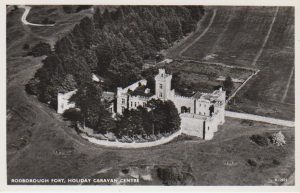Huge thanks to Rodborough Scouts who have again tidied the Commonwealth War Graves and those family graves commemorating soldiers who died in the First World War. A map and list appears here
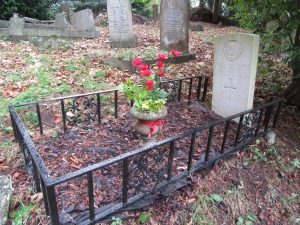
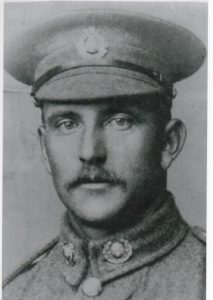
Huge thanks to Rodborough Scouts who have again tidied the Commonwealth War Graves and those family graves commemorating soldiers who died in the First World War. A map and list appears here


Thanks to all the lovely people who came to see us at Rodborough Community Hall. We were overwhelmed by the enthusiasm for our local history project. We had those wonderful ‘Antiques Roadshow’ moments when people brought things along, we introduced folks to others with a shared interest, we talked over tea and cakes and at times you were all as quietly absorbed as mice in a reading room! 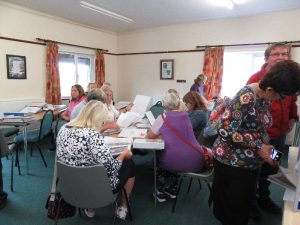
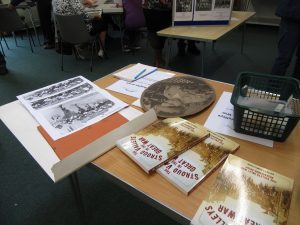
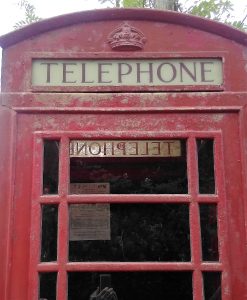
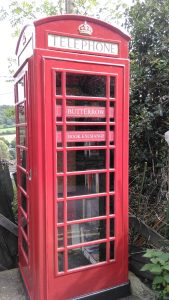
Eighteen months ago, Butterrow Book Group approached Rodborough Parish Council in the hope that the iconic red telephone kiosk on Rodborough Lane could be preserved for the benefit of local residents. This quintessentially British treasure was due to be removed by BT, a fate which has befallen thousands of kiosks in recent years – nearly half of the phone boxes in the UK have been removed. This telephone kiosk is an older (1935-1952) K6 model bearing the Tudor crown instead of the more recent St Edward’s crown models which were manufactured after the Queen’s coronation. Butterrow Book Group’s intention was to repaint it and convert it into a community book share. Indeed, 4000 communities UK wide have joined this scheme.
Happily, RPC agreed to adopt it in a very straightforward process which simply involved the payment of £1. Butterrow Book Group has lovingly restored it to its former glory and given it a new lease of life. Many Butterrow households took part in the restoration, making it a hugely successful community project which has drawn many encouraging and supportive comments. Thank you to everyone in the area who has spurred them on by expressing their interest, joining in, donating books and by simply expressing their good wishes and telling them how lovely the kiosk looks!
We are very grateful to Rodborough Parish Council for a generous donation that has enabled us to set up this website.
The grant awards evening was an uplifting experience; Rodborough has so many active community groups, among them the Butterrow Book Group, who have adopted the redundant phone box on Rodborough Lane (It has been bought by the Parish Council) and will be converted to a book share kiosk. It dates from somewhere between 1936 and 1952. Does anyone know?
It’s interesting to reflect that photographing what we think of as ordinary may have huge historical value.
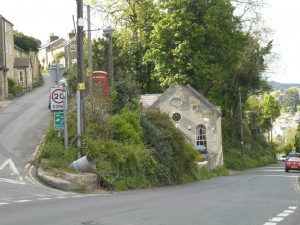
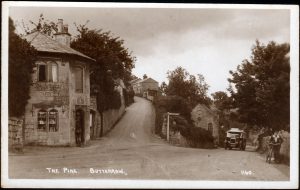
Also spotted and both in use, were two phone boxes in Dudbridge
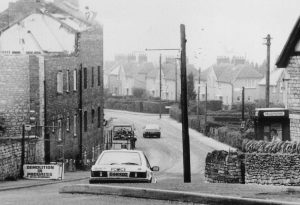
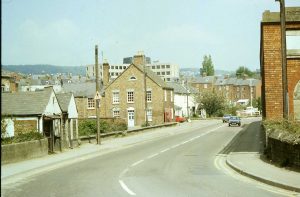
The March edition of Rodborough Tabernacle News includes an article on Hungarian refugees at Rodborough Fort in 1956, noting their gratitude for kindness received.
Do you have any memories of this time?
